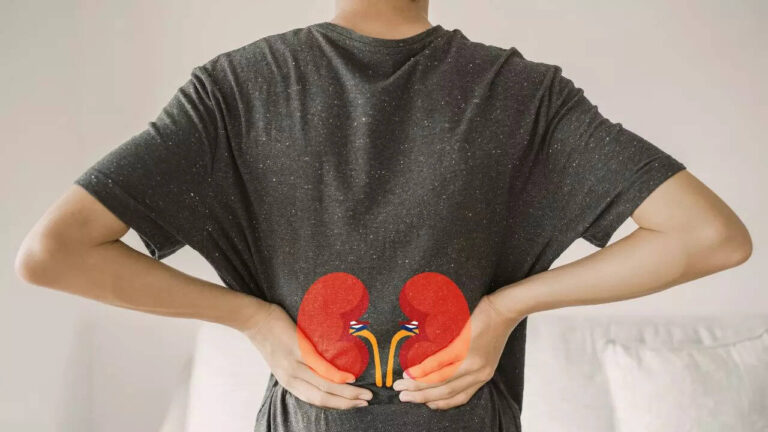
Fatty liver disease, including non‑alcoholic fatty liver disease (NAFLD) or metabolic dysfunction‑associated steatotic liver disease (MASLD), occurs when fat accumulates in liver cells, often without obvious symptoms initially. Over time, this condition can progress to more serious diseases such as non‑alcoholic steatohepatitis (NASH/MASH), fibrosis, cirrhosis, and even hepatocellular carcinoma (liver cancer). Beyond liver‑specific conditions, fatty liver also increases risks of systemic diseases, including cardiovascular disease, type 2 diabetes, chronic kidney disease, and extrahepatic malignancies like colorectal cancer.
From fatty liver to liver cancer: Health complications caused by fatty liver
1. Liver-specific diseases
- Non‑Alcoholic Steatohepatitis: When simple fat accumulation triggers inflammation and liver-cell injury, fatty liver may evolve into NASH (now often referred to as metabolic dysfunction-associated steatohepatitis, MASH), which amplifies the risk of scarring (fibrosis) and complications
- Fibrosis, cirrhosis, and liver failure: Persistent inflammation may lead to fibrosis and, over the years, irreversible cirrhosis, characterised by liver shrinkage, impaired function, jaundice, ascites, and possible liver failure requiring transplantation
- Liver cancer: Patients with NASH or cirrhosis have a notably higher risk of hepatocellular carcinoma, even sometimes in the absence of cirrhosis
2. Cardiovascular and metabolic diseases
- Cardiovascular Disease (CVD): Although fatty liver is a liver-related condition, most deaths in affected individuals stem from cardiovascular disease. NAFLD/MASLD promotes systemic inflammation, hypertension, and atherosclerosis, doubling the risk of heart attacks and strokes
- Type 2 diabetes & insulin resistance: Fatty liver impairs glucose regulation, contributing to insulin resistance and type 2 diabetes, which in turn exacerbates liver fat and inflammation, a vicious cycle
- Metabolic syndrome & dyslipidemia: NAFLD is closely linked to metabolic syndrome and abnormal lipid profiles, high triglycerides, high LDL, low HDL, which negatively impact overall metabolic health and cardiovascular risk
3. Extrahepatic complications beyond the liver
- Chronic Kidney Disease (CKD): The metabolic and inflammatory effects of NAFLD increase the risk of kidney damage. Advanced liver fibrosis is independently associated with kidney dysfunction and elevated cardiovascular and mortality risks.
- Extrahepatic malignancies: Individuals with NAFLD have an increased incidence of certain cancers beyond the liver, especially colorectal cancer, as well as possibly breast and prostate cancers related to fibrosis status
- Hormonal and endocrine disorders: Fatty liver is associated with endocrine imbalances such as polycystic ovarian syndrome (PCOS), hypothyroidism, and growth hormone deficiency, often due to common pathways involving insulin resistance and inflammation
Other conditions
Fatty liver patients may also be prone to gastroesophageal reflux disease (GERD), obstructive sleep apnea, periodontitis, and psychological dysfunction, reflecting multisystem involvementAlso read | Symptoms of fatty liver on skin: What you should know








